

A Useful and Practical Guide To Songwriting – Part 1 (2023 Edition)
This article is sponsored by Bravo & Brave.
Bravo & Brave, an Italy-based technology company that creates and categorizes data for musicians, offers music producers and songwriters collections of HARMONY progressions that can be used in modern compositions and also allows them to improve their proficiency with music theory. The music catalog is the product’s core feature; easy to use and very intuitive, it includes a large number of harmonic progressions and categorizes them by genre, country of origin, musical style, emotional impact, novelty, and much more. For experienced songwriters, it can expedite workflow, and for novices, it offers the opportunity to try their hand at composing
music. It’s then easy to export the MIDI file from the catalog to any track and import it into your DAW.
Suggestion 1: Study (a bit ) of Music Theory
Wikipedia: Music theory is the study of the practices and possibilities of music. So simple, so clear. If you play an instrument or sing, learning music theory is one of the best ways to improve your skillset and knowledge. Understanding even the basics of music theory can lead you to a deeper understanding of music and gives you the tools you need to express yourself through music. Music theory tells you how music works, the building blocks of music, and what is needed to understand music notation. For the beginner, music theory is the study and description of the music rudiments required to notate and read music, such as key signatures, time signatures, rhythmic notation, pitches (notes), scales, modes, chords, tensions, and elements of composition such as rhythm, harmony,
melody, and the counterpoint.
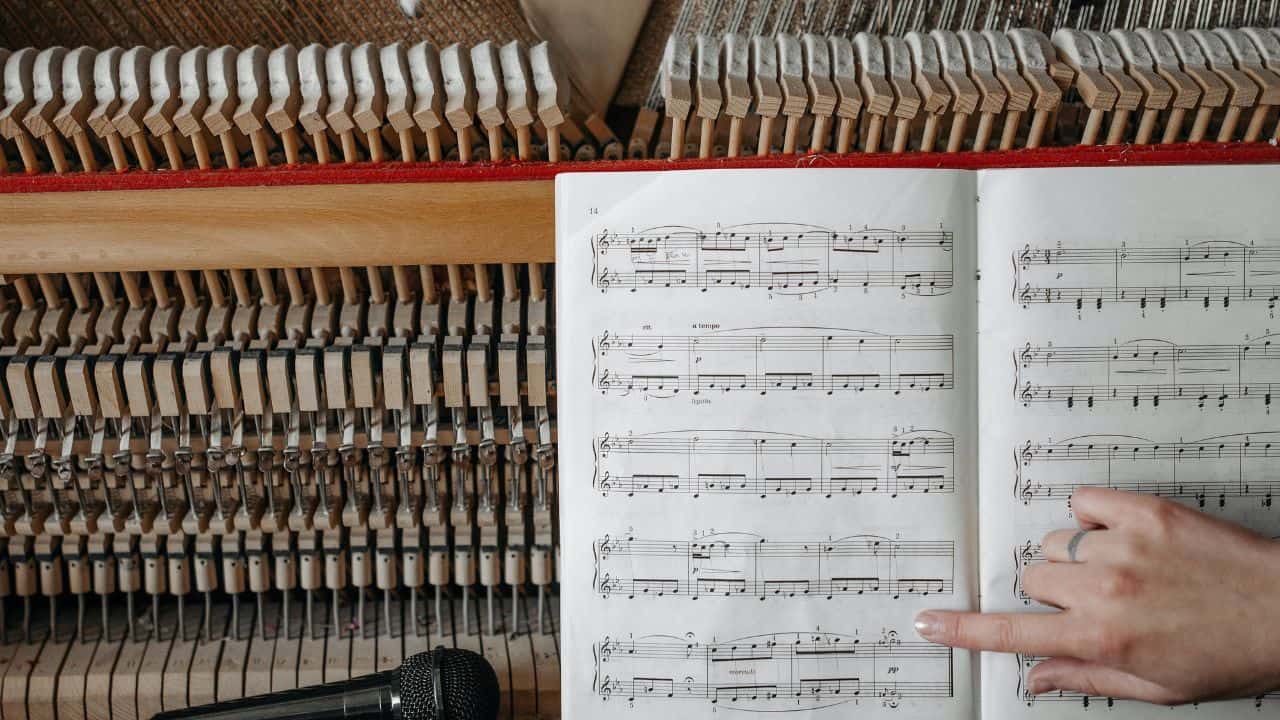
Modern music theory textbooks often include descriptions and analysis of practical applications of the harmonic series, musical acoustics, orchestration, improvisation, scales, tonal and rhythmic relationships, instrumental performance, and electronic production.
| HOT DEAL: New Sound of Techno (Melodic Techno sample pack) – Click here to checkout
Suggestion 2: Learn how to play an Instrument (but don’t let the instrument limit your creativity)
Playing the guitar is a great way to express your creativity, expand your possibilities, and grow as a songwriter. You might even become a multi-in-strument player, a producer, a sound engineer, or a studio musician someday! Playing the guitar is a great skill and talent to have. Playing the guitar is also a great emotional outlet. Creating music that expresses how your feel and playing it for yourself can be an incredible emotional release. It’s even more exciting if you have written the music yourself as well. But the better you get at playing the guitar or the piano, the more they “advise” you on what is right and what is not in music and what is wrong; this might hinder your creativity and desire to experiment. It’s up to you to become good at your instrument, to become a virtuoso by keeping a child-like mind while writing songs, avoiding writing already existing melodic lines and boring chord progressions.
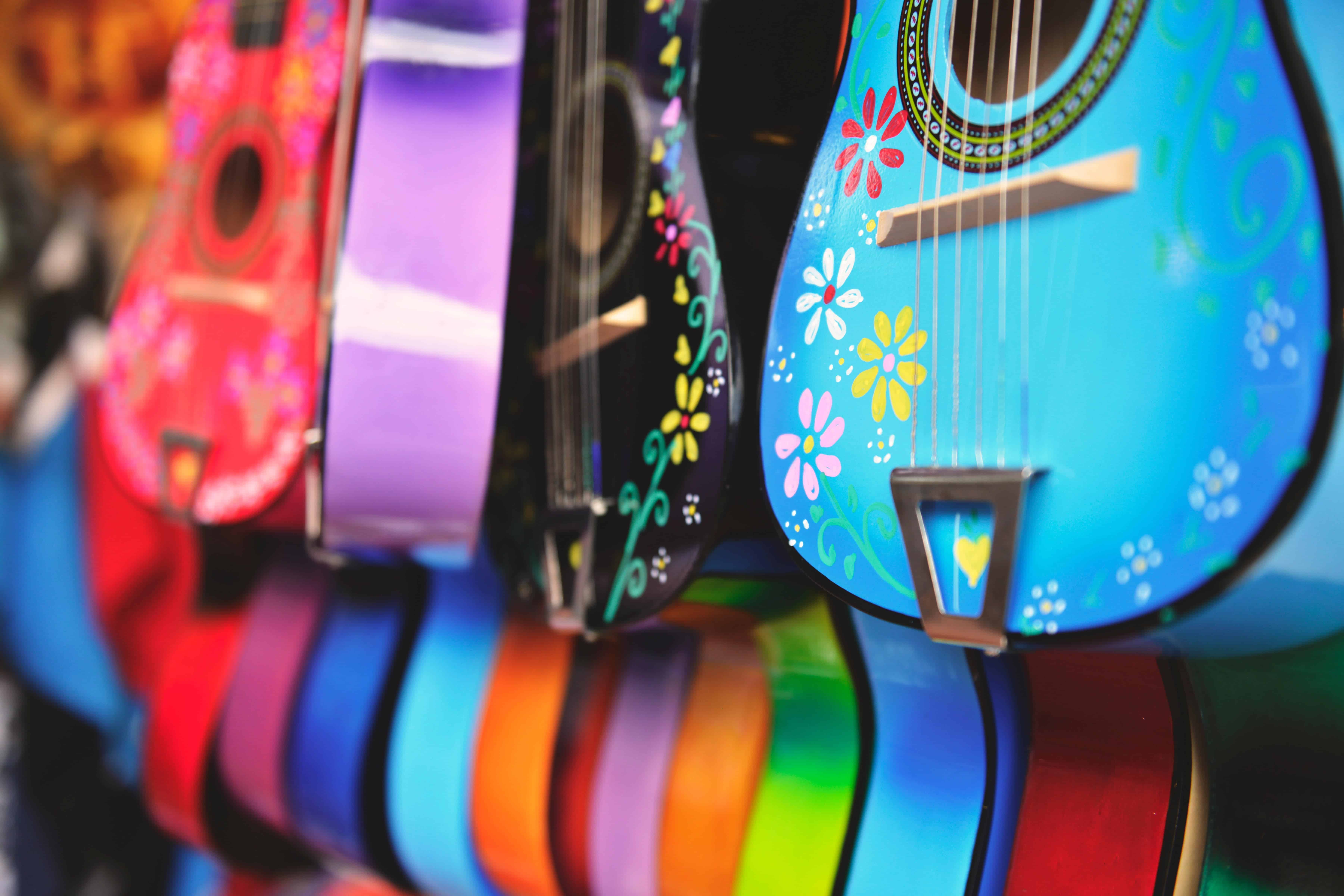
Suggestion 3: Understand Song Structures
From the book: 6 Steps to Songwriting Success_Jason Blume
Songwriting is an art that is based on successful communication. Crafting songs that incorporate one of the most popular structures are analogous to using proper grammar and punctuation to better communicate our ideas when we speak or write. Using song structures does not alter the message or the essence of our songs; rather, it helps us deliver our melodic and lyrical ideas to listeners, enabling them to more readily feel those feelings that we hope to evoke. The vast majority of hit songs employ one of the following three basic structures or a variation of one of them:
1. Verse – Chorus – Verse – Chorus
2. Verse – Chorus – Verse – Chorus – Bridge – Chorus – Outro
3. Verse – Chorus – Verse – (pre-Chorus ) – Chorus – (post-Chorus ) – Outro
“Radio-friendly” songs are typically built by combining the following elements:
• Verses
• Pre-Choruses
• Choruses
• Bridges
Each of these components has a specific function within the song.
For more details: 6 Steps to Songwriting Success_Jason Blume
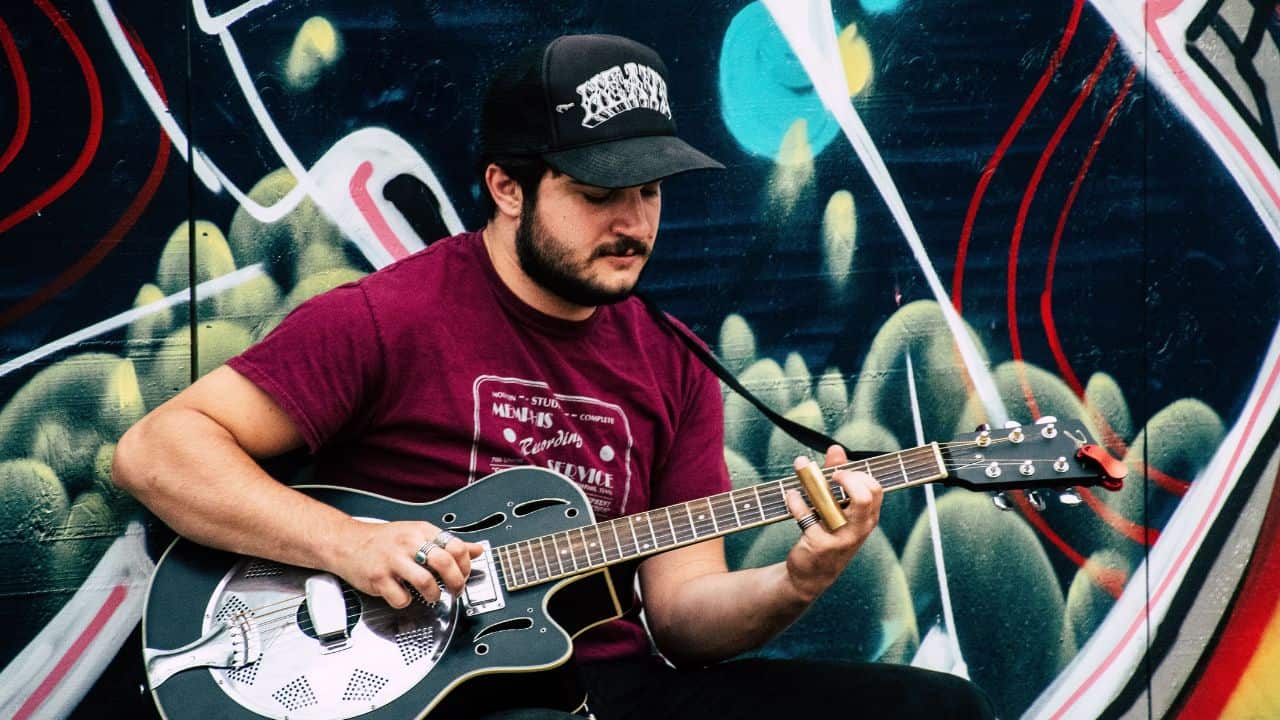
Suggestion 4: Learn how to use a DAW. Not Necessary (too much computer screen time can actually block creativity)
DAWs (Digital Audio Workstations) are large, complex software applications. Despite this, it is possible to become proficient enough with a DAW to make real music within a few hours of first using one. I know because I have done this myself. There are just few important notes to this approach:
– there are thousands of music producers who know how to use DAWs and VSTs professionally; you can collaborate with one of them, hire them when is time to produce, and dedicate your time to writing interesting songs.
– if you want to write electronic music and you are passionate about technology, then learning to use a DAW is definitely the right choice. Just don’t forget that technology alone sometimes can’t create long-lasting emotions.
– don’t forget the past and what has been done before in the music industry; Chuck Berry, Lennon, and Lady Gaga didn’t spend hours in front of a computer alone, but they spent years singing while playing the guitar and the piano. Sometimes writing music is a physical job, not a tech one.

Suggestion 5: Keeping a Hookbook
The “hook” is any part of a song that “grabs” the listener’s attention. It might be an instrumental riff that listeners can’t get out of their minds, a memorable melodic line, a catchy lyric, or a combination of two or more of these elements. The title of a song and its corresponding melody should always be found in the hook. A song can (and usually will) have more than one hook.
When you get that great title or idea, you’d better have a pen in your pocket, use notes on your iPhone, or record it. Even those ideas that you are sure you won’t forget can easily get lost along the way in a few hours, and considering that songwriting is a cultural activity, you might use your hooks in the future for other songs or projects.

Suggestion 6: Cooperate with other Artists, or don’t if you Perform Better Alone.
Some people are born to collaborate productively with others; others work better on their own. If you have natural leadership and you notice that other artists want to write with you or for you, if you have a pleasant personality and you naturally attract others to you, then you certainly need to work as a team. If you are a loner but in your independence, you can produce beautiful songs, and your loneliness gives you time to read, study, understand things better, and think, then continue on alone and pay people to work for you. There is nothing wrong with this and there are many famous solo artists who have a mere working relationship with their musicians.
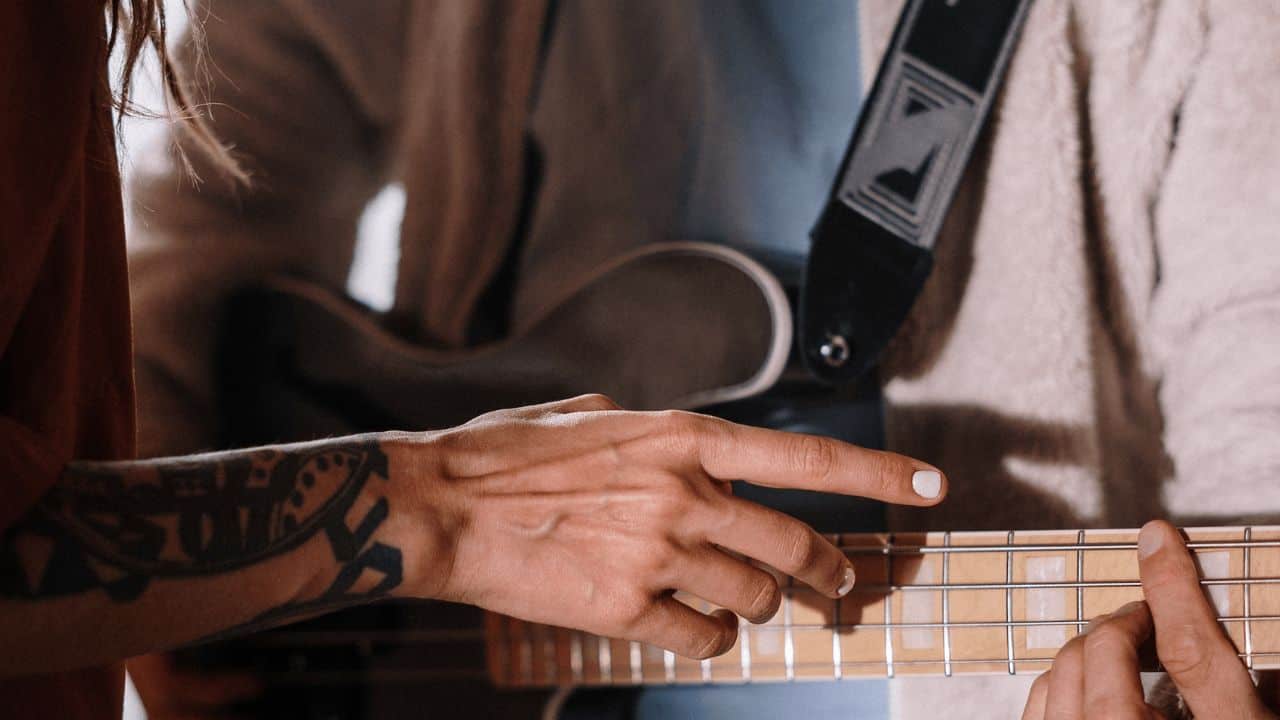
Suggestion 7: Define your Artistic Identity
If you are writing songs that you plan to sing yourself or songs you are writing for your own band, remember that your songs will send a clear message to your listeners and will make a powerful contribution to the identity you project as an artist. Be conscious of the message your songs are sending and be sure that it is consistent with the image you hope to present. It is a work of self-awareness that takes place gradually; who you are as an artist and what people like about you as an artist involves a slow process of crafting your message and your “brand”.
What do you have to say with your songs?
What do people like about you and your music when you play live?
Who is your typical fan and what does he expect from you? – These are all questions that define the “creative charisma” you need to turn a hobby into a profession. Accept the fact that emerging in the entertainment business is difficult because there is more supply than demand. Millions of people worldwide do rap and hip hop but famous names are few, usually from the USA, and usually the same generation by generation. Live and enjoy the musician’s work as an intellectual exercise rather than as a challenge with yourself and you will be happy to do it all your life.
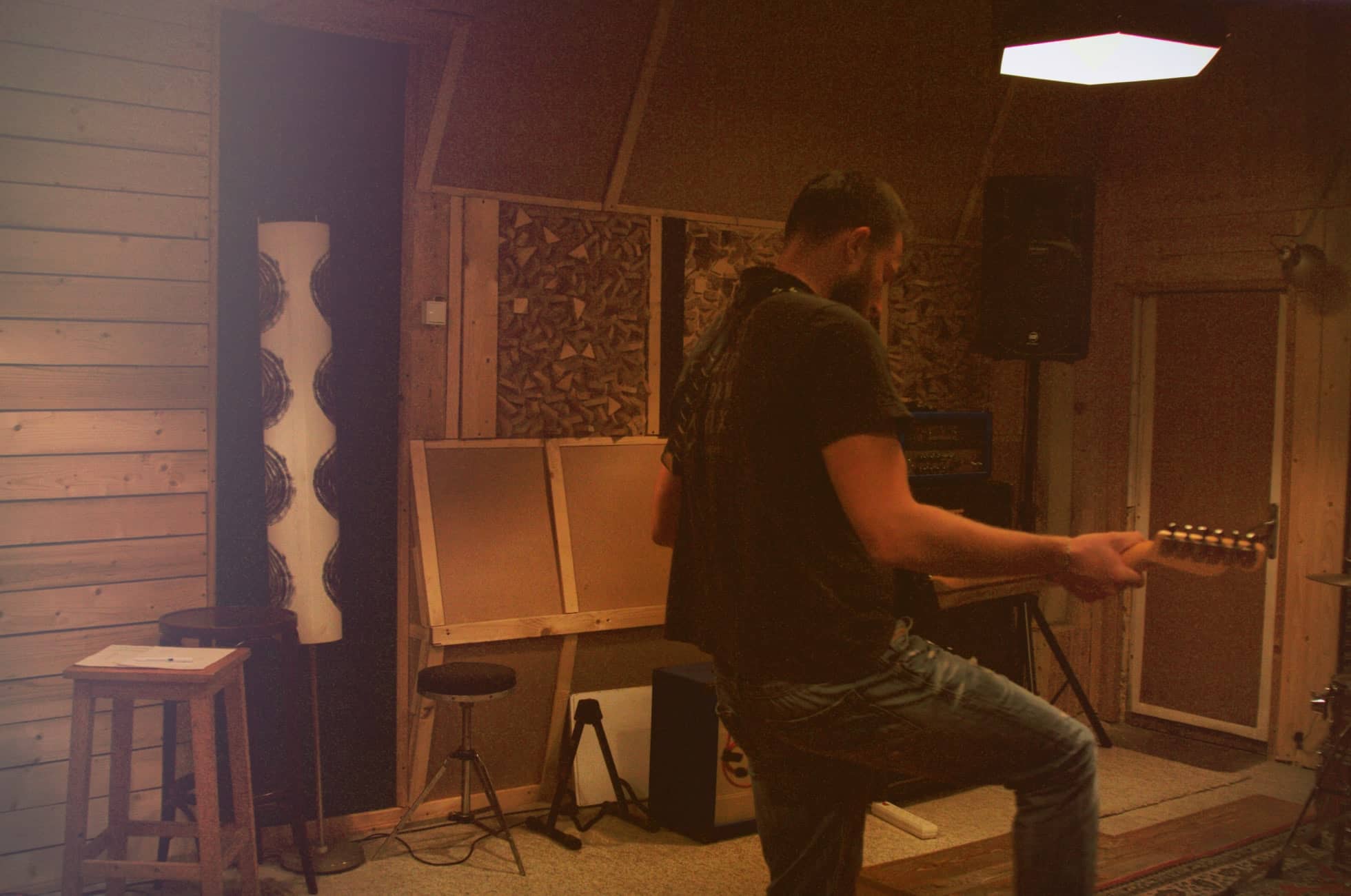
Suggestion 8: (K.I.S.S.) KEEPING IT SIMPLE AND SINGABLE
Your goal as a songwriter is to deliver your idea from your heart to the listener, both lyrically and melodically. Your objective is to communicate emotions. But when composing melody and harmony lines, the language available to us is comprised of notes, rhythms, and chords—instead of words, images, and rhymes. Many developing songwriters make the process of melody writing more difficult than it needs to be. They make the mistake of composing complicated melodic lines that are too difficult for an amateur singer to follow. It’s impossible for the average listener to remember or sing melodic phrases that are excessively long and complex.
Famous jingles are easy to retain and sing because:
• The phrases are short and concise.
• They employ melodic and/or rhythmic repetition.
• The melodic intervals (the space from one note to the next) tend to be
close to each other and, therefore, are easy to remember.
• They are not excessively wordy

Conclusion
These are the basic elements to start writing interesting songs that go beyond the amateur level. In the second part of this guide, we will analyze more complex topics of tonal harmony, modulation, and electronic music production
Next article: Top 10 Must-Have Plugins for Music Production in 2023
Image credits: Bravo & Brave
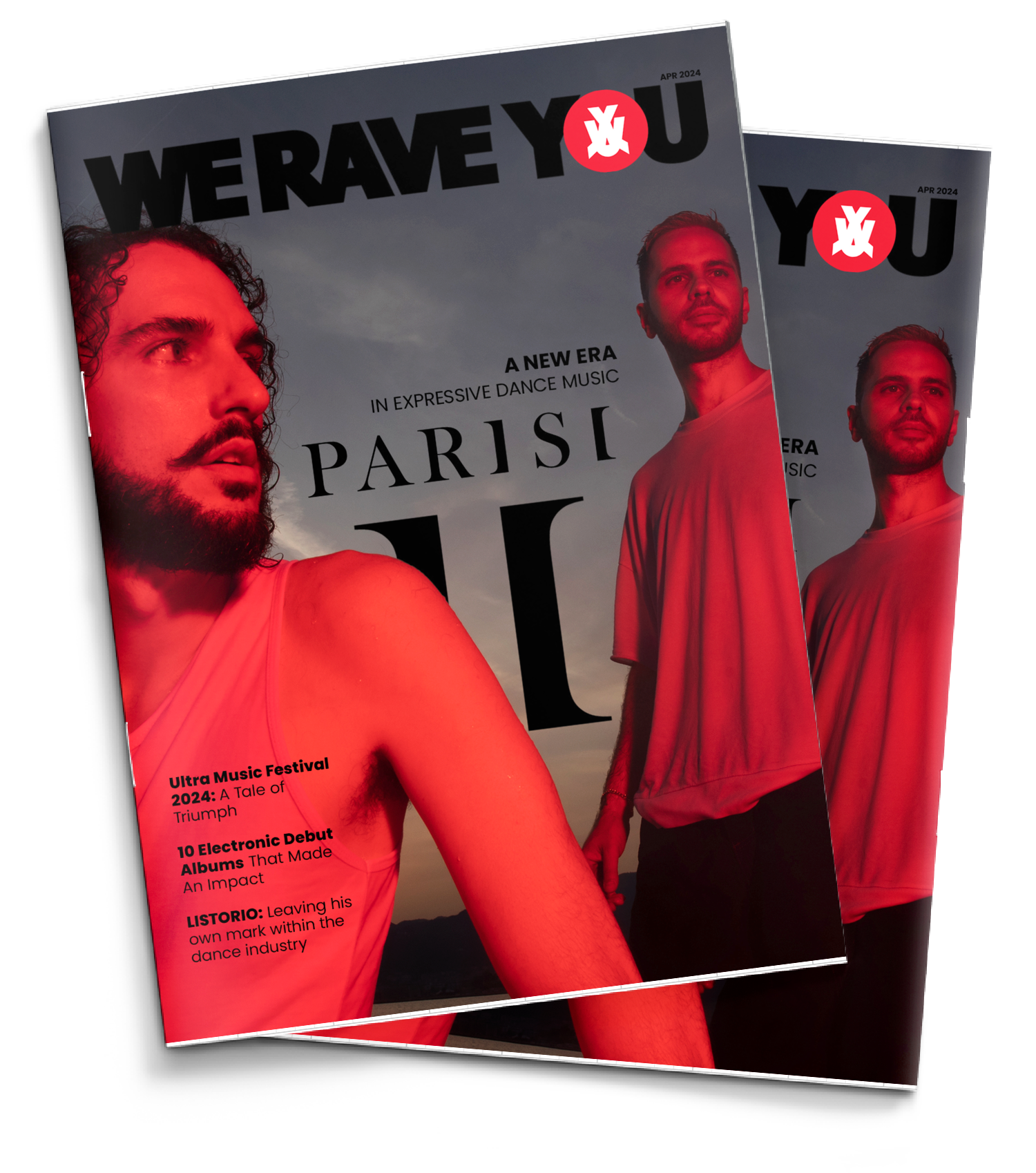

- PARISI cover Interview
- Ultra Music Festival 2024: A Tale of Triumph

